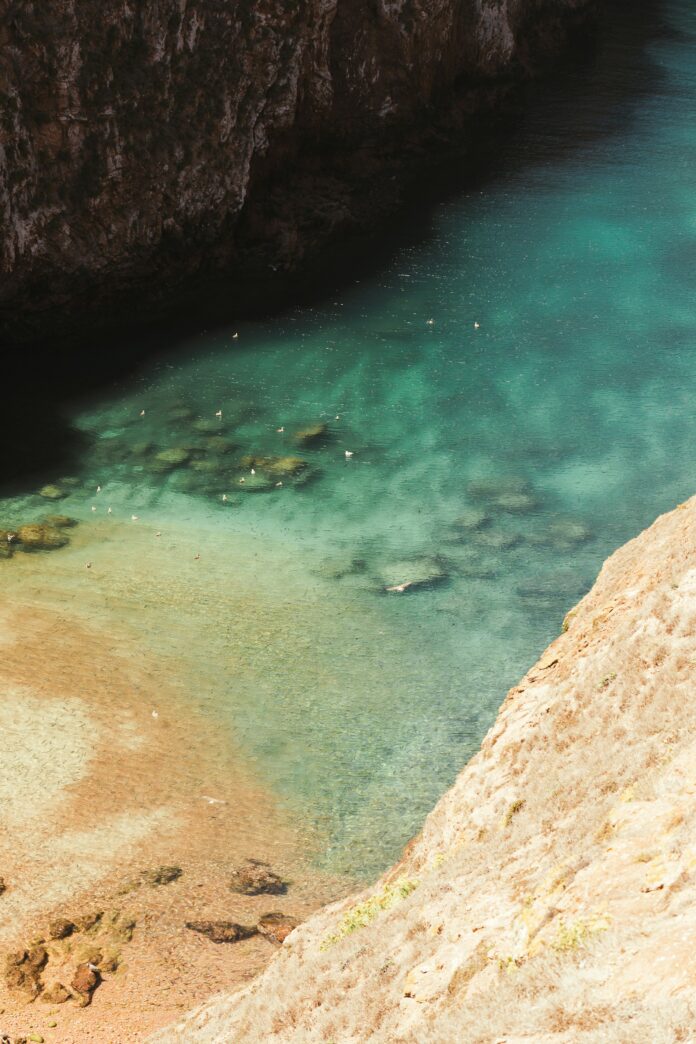Off the coast of Peniche, one of Portugal’s most popular seaside locations lies the Berlengas archipelago. The largest and the only inhabited island, Berlenga Grande, is a haven of light, bright colors, history, geology, and nature. Any traveler coming to Portugal who has the opportunity and means to visit Berlenga Grande should not even hesitate to do so!
Keep reading to learn more about the history of the archipelago, discover why you should add it to your must-visit list, and check out some helpful tips on how to get there!
The Berlengas – History
In the first millennium BC, Phoenicians (an ancient Semitic civilization) regarded Berlenga Island as a sacred location. There, Phoenicians celebrated the cult of Baal-Melqart, a tutelary god of Tyre, a Phoenician city.
Various other tales are linked to the Berlengas – starting from the Romans, whose remains allegedly rest in the waters surrounding the islands, and ending with pirates coming to the island to capture monks.
The Monastery of the Misericórdia da Berlenga
In the 16th century, Berlenga Grande was inhabited by a monk community, sent there by Queen Eleanor of Viseu, who supported their establishment. Their settlement had the goal of assisting navigation and helping victims in case of shipwrecks – considering the territory’s geography, accidents were quite common.
They built the Monastery of the Misericórdia da Berlenga, where the monk community lived for 35 years. Although seemingly a quiet location, the word goes that the monks were often attacked by Algerian, English, Moroccan, and French pirates. Apparently, the pirates captured the monks and sent them to North Africa.
Other stories say that the monks were forced to abandon the island when the territory was invaded by disease. They also lacked supplies, and above all, communication was poor, thus the chances of survival were very low.
Either way, the monastery remained in ruins after the monks had left. Today, visitors can find the Mesa da Ilha Restaurant in the same place where the monastery stood.
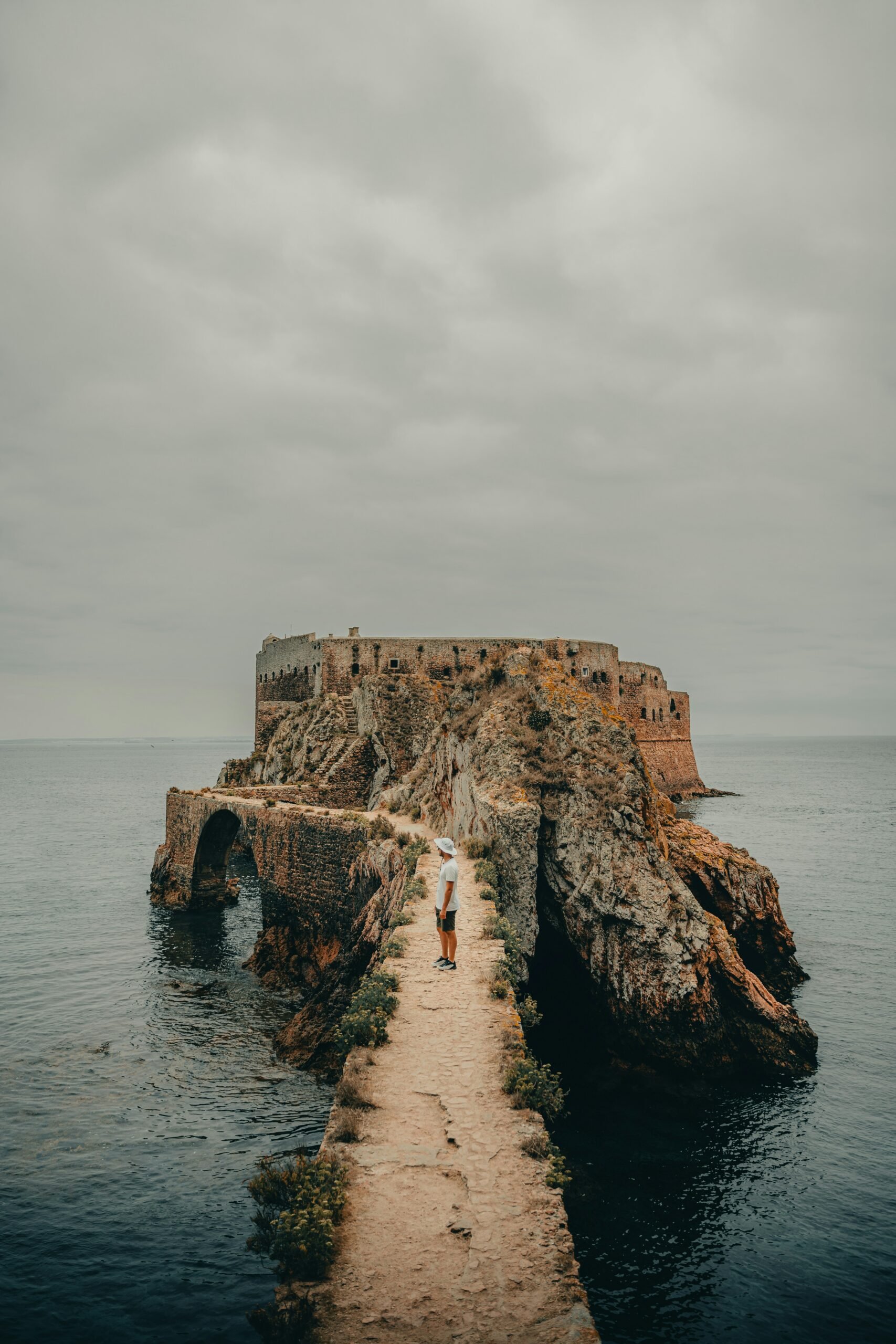
The Berlengas – a Portuguese Military Shield
The complexity of the territory’s history doesn’t end with the monks’ abandonment of the monastery. Considering its excellent position in defending the Portuguese territory, the islands often served for military purposes.
For example, shortly after the monks had left, King John IV of Portugal ordered the construction of the Fort of São João Baptista das Berlengas using the ruins left from the monastery.
Its primary goal at the time was to protect the country from the invasion of a Spanish fleet commanded by Diego de Ibarra. It was sent to kidnap Queen Maria Francisca of Savoy right before her marriage with King Afonso VI of Portugal. This battle is now known as the Battle of Berlengas.
After this, the island and its fort served as military protection during other attacks, particularly during the French invasion and the Liberal Wars, known as the Portuguese Civil War.
Today, the Berlengas are included in UNESCO’s World Network of Biosphere Reserves, which covers protected areas essential in outlining humans’ relationship with nature.
6 Reasons to Visit the Berlengas
Has the rich history of the Berlengas already convinced you to visit the archipelago? If so, we’re glad it did! If not, we’re not giving up! We’ve found the very details that make this oasis worth visiting! Keep reading to learn everything about them!
1. A Geographical and Geological Sanctuary
The Berlengas are usually divided into Berlenga Grande and two groups of islets – the Farilhões-Forcados Islets and the Estelas Islets.
Berlenga Grande is the only inhabited island in the archipelago. It stretches for only 1.5 km long and is about 0.8 km wide, with a maximum altitude of 88 meters above sea level.
Besides being surrounded by azure waters that shine brilliantly under the blinding sun rays, the island is adorned with multiple caves open for visitors. Gruta Azul and Furado Grande are by far the most renowned, the latter being 70 meters wide and crossing the whole island.
The famous military fort discussed above is also found on Berlenga Grande, more precisely on its southeastern coast, having been built on a small islet linked to Berlenga Grande by an arch-bridge.
Besides Berlenga Grandes’ richness in terms of caves and openings to splendid oceanic views, it is also quite a popular gem among geologists due to its pink granite, which is very rare in Europe. The study of the so-called pink granite plateau of Berlenga Island stands as proof of how the landforms have changed over time, having been shaped by various erosive processes.
In short, even if you’re not a geologist, you’ll delight in the incredible landscape of Berlenga Grande, which is ensured by complex geological forms!
2. Wildlife Diversity
Any wildlife enthusiast will have a great time on Berlenga Grande exploring its wildlife. The island is mostly covered in bushes and grasses. It has some botanical gems to check out if that’s something you’re interested in.
For example, Armeria belengesis, a flowering plant part of the thrift and sea pink group, is endemic to the Berlengas, meaning it grows only in the Portuguese archipelago, thriving on rocky granitic slopes. The gorgeous shrub flowers in April and May, unraveling its round, pale pink inflorescences.
Another plant endemic to the islands is Pulicaria microcephala, a small flowering species growing on coastal cliffs that blooms between March and July, revealing incredibly beautiful yellow flowers!
There aren’t too many land animals on Berlenga Grande, except for two lizard species, which are rarely spotted because they usually hide in caves. However, if you do spot one of them, you’ll have quite a view, as both species are incredibly unique! The island is also home to two mammals – the wild rabbit and the black rat.
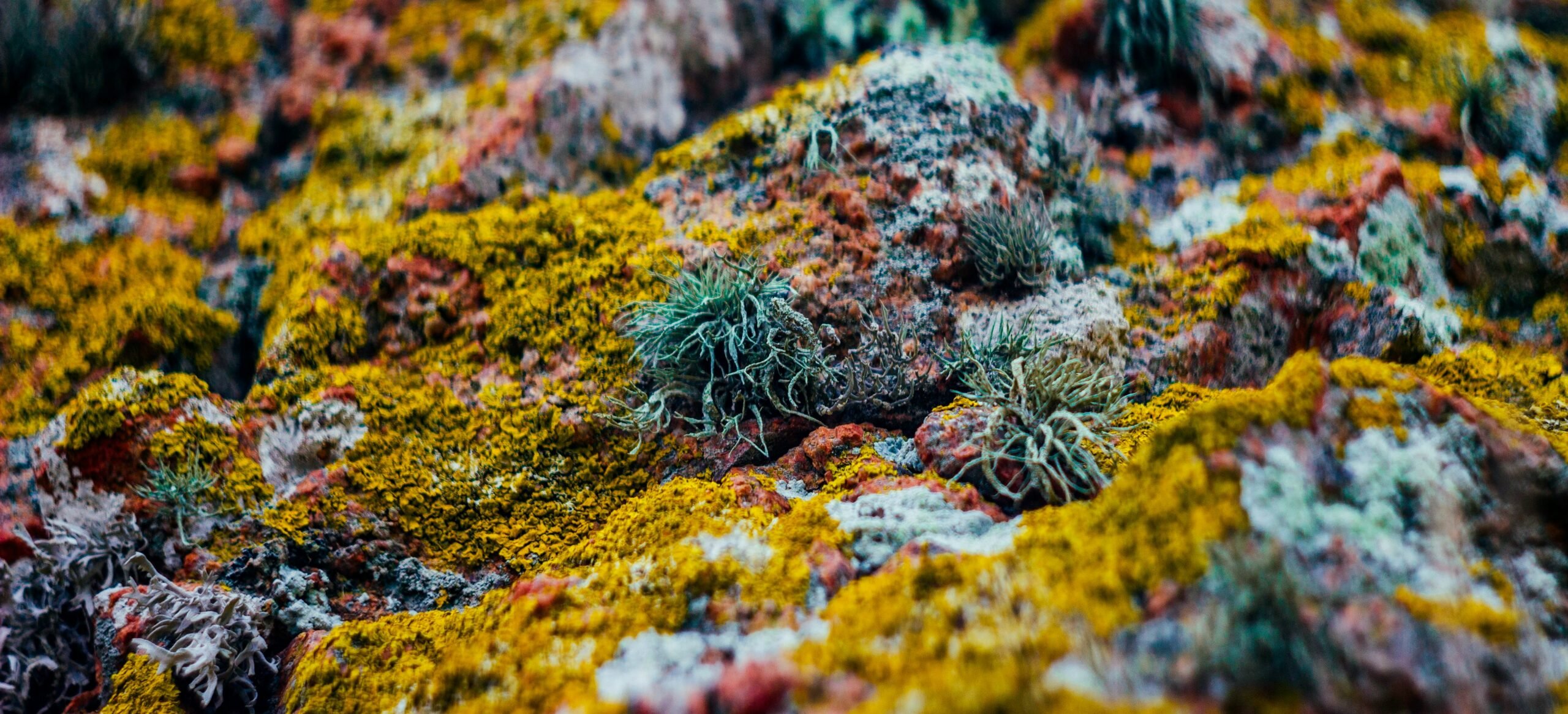
Andras Kovacs (Unsplash)
A Birdwatching Destination
A 1-day trip for bird watchers, on the other hand, probably will not suffice!
Did you know that the Berlengas archipelago is among the most important breeding areas for several key seabird species. Among them are the lesser black-backed gull and the yellow-legged gull.
Another species, Phalacrocorax aristotelis, is known as the crested cormorant. It is a year-round resident of the archipelago and nests on the cliffs.
However, the species that stands out among the others is Uria aalge. It is also called common murre, which is a seabird that looks almost like a penguin! The common murre is a symbol of the Berlengas Natural Reserve. Unfortunately, its population is steadily declining.
On the other hand, there’s an essential thing to consider. As rich as the reserve’s wildlife is, as protected it needs to remain. The visitors are advised to walk only on the marked paths.
If you’re visiting the island during the breeding season, beware of the birds. Nesting birds can become extremely aggressive while protecting their eggs or babies. As such, we strongly recommend observing the birds from afar.
3. Scuba Diving
Well, enough about terrestrial wildlife, right?! Let’s turn to the incredibly rich and awe-striking fauna of the waters surrounding the Berlengas! Naturally, observing the underwater creatures would be impossible from ashore.
Luckily, for those who are not afraid of a little adventure, scuba diving is now an option on the Berlengas! Or maybe that’s exactly what you’ve been looking for while choosing this destination, as you’re already a scuba diving expert!
Either way, you’ll have a once-in-a-lifetime opportunity to observe the amalgamation of marine fauna and flora species originating from various places. The Berlengas waters are rich in species like the sea bass, the common two-banded sea bream, the ballan wrasse, the red porgy, the gilt-head bream, the sardine, and the dusky grouper.
Marine mammals are quite common as well, particularly species like the common dolphin, the harbor porpoise, the striped dolphin, the common bottlenose dolphin, the Cuvier’s beaked whale, and the common minke whale!
Furthermore, the waters of the Berlengas have quite a few sea caves that provide refuge for many species, making them captivating destinations in terms of marine biodiversity. In this regard, there are a few dives you can choose from:
- Parede de Rabo de Asno
- Flandres
- Quebradas
- Primavera
- Baía do Cerro do Cão
- Vapor do Trigo – Andreos
- Rinchão
- Parede Rinchoa
You’ll have to book your scuba diving experience beforehand. Even if it’s your first time, you can still try it out. You’ll have an experienced and certified diving instructor who will teach you everything you need to know. Diving bookings also include high-quality diving gear and a scuba tank. Some may also include a light lunch.
If you’re not up for diving, you can try snorkeling, particularly at Praia do Carreiro do Mosteiro. Kayaking is also an option. It is, in fact, the only way to explore the caves independently.
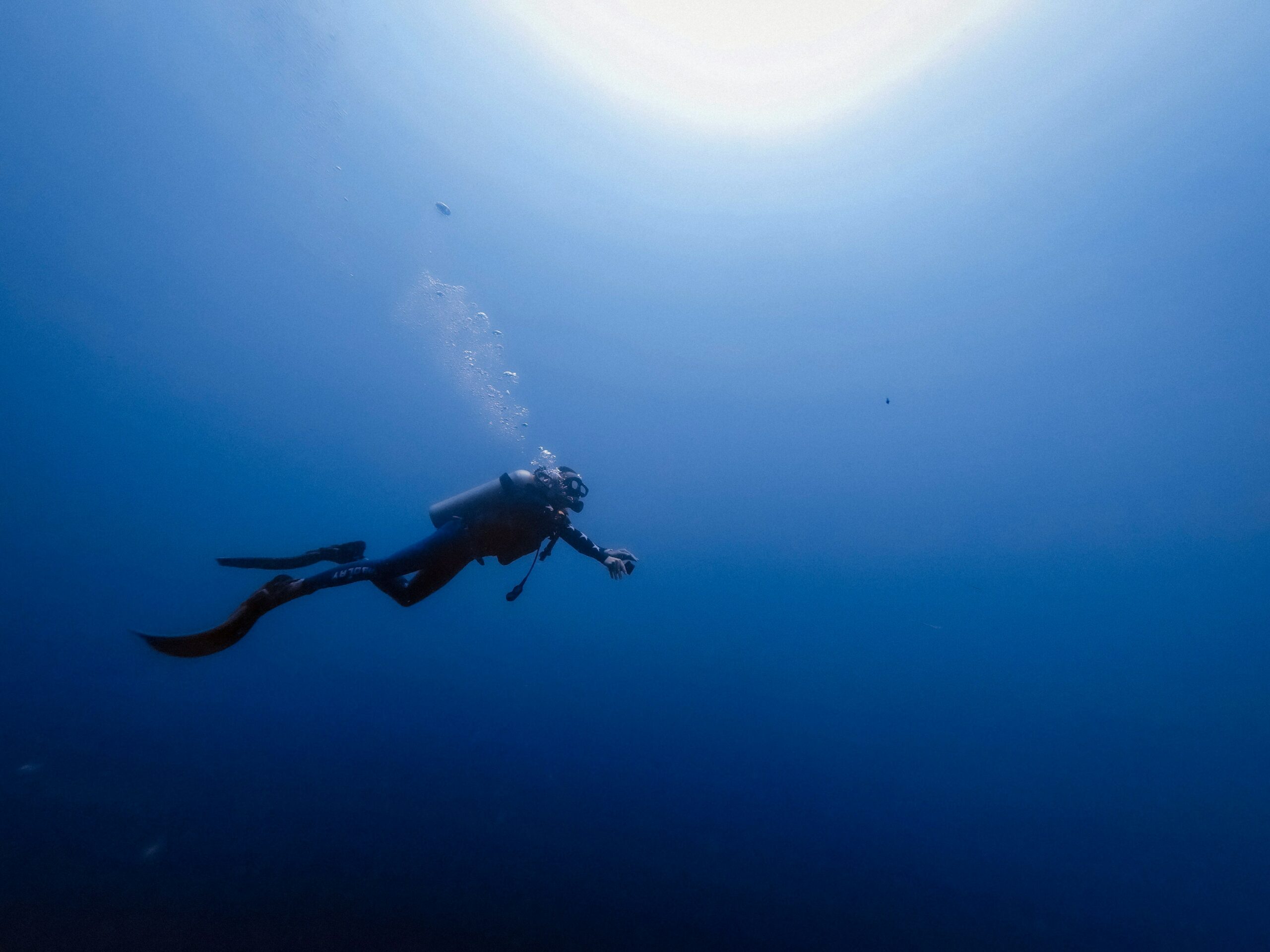
4. Hiking, Sunbathing, and Camping
If you’re not visiting the island for its terrestrial and marine fauna, you can simply enjoy the tranquility and the natural marvels of Berlenga Grande. It is truly an oasis of beautiful landscapes!
There are two hiking trails you can follow:
- Ilha Velha Trail, which is 1 km long and takes you to Melréu, Buzinas, Pedra Negra, and Carreiro dos Cações
- Berlenga Trail, which is also 1 km long and takes you to Cisterns, LightHouse, S. João Baptista Fort, and Cova do Sono.
In short, there are plenty of hidden spots where you can just rest and reconnect with nature as never before!
You can either walk the island by yourself or book one of the available tours. Don’t forget that if you want to visit the caves, you’ll definitely have to book a tour, as they are not accessible otherwise.
For instance, some tours offer a roundtrip to the Berlengas archipelago on a glass-bottom boat. Once there, you’ll enjoy an excursion around the island with your group, visiting the caves and resting on the beach. The advantage of booking a tour is that you’ll have the opportunity to ask the guide anything related to the history or geography of the archipelago.
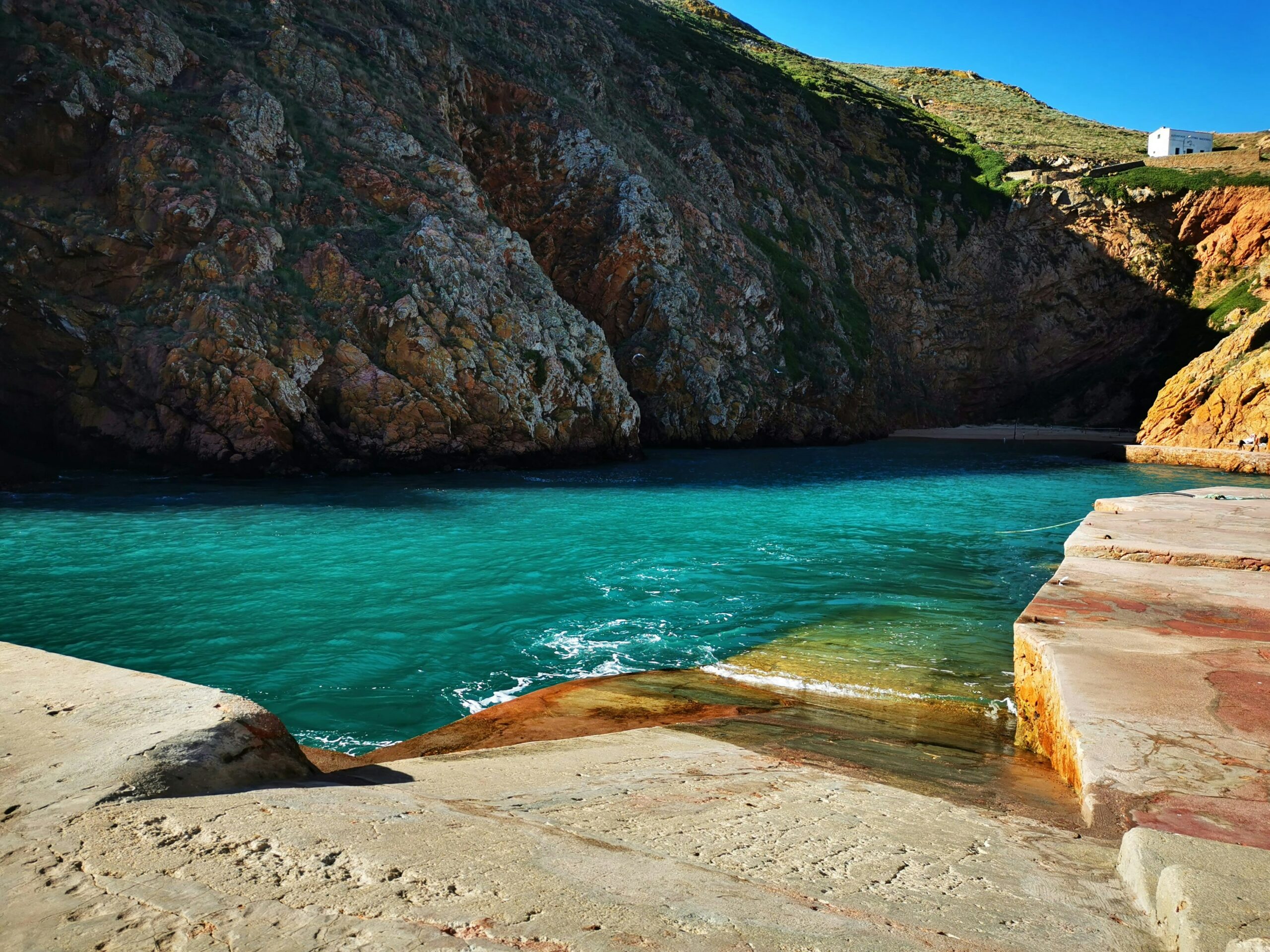
Now, let’s focus on the beaches. The most popular beach on Berlenga Grande is Praia do Carreiro do Mosteiro hidden between two large dramatic cliffs and opening to the brightest turquoise waters you’ll ever see! Swimming there is also allowed.
There are other smaller beaches (Praia Cova do Sonho or Praia do Forte), although their sand almost disappears at high tide.
The next amazing thing is that campsites are also available! Pack your bags, dear camping enthusiasts, and enjoy the best time of your lives on Berlenga Grande!
5. Restaurante Mesa da Ilha
Since Berlenga tours usually last a couple of hours, you may want to take a break at one point, especially in the summer, when the afternoon heat is overwhelming. So, why not have a drink or enjoy a delicious lunch at Restaurante Mesa da Ilha?!
Built in 1953, the restaurant is adorned with a rich history, having been constructed exactly where the monks once lived. Its specialties are prepared with fresh fish caught by local fishermen living in Bairro dos Pescadores – of course!
Therefore, you won’t only eat your lunch while enjoying one of the world’s most charming landscapes! You’ll also delight in an authentic Portuguese dish that will make you want to return there as soon as possible!
The restaurant serves various fish dishes, mussels, clams, shrimp, as well as the famous goose barnacles. The menu also includes steaks and the chef-style rabbit dish.
6. Staying Overnight
If staying overnight on Berlenga Grande sounds like something you might enjoy, you can book your room at Restaurante Mesa da Ilha or the Fort of São João Baptista. This way, you’ll have the unique opportunity to watch the sun setting while indulging in a glass of Portuguese wine and to sip your morning espresso surrounded by crystal-clear, azure waters and the spectacular granite landscape.
Restaurante Mesa da Ilha has five rooms with private bathrooms, as well as a terrace overlooking the ocean and the geological formations. So, if you plan to stay overnight, don’t forget to book your room at least a few months ahead. The Fort of São João Baptista accommodation is slightly more inconvenient because you’ll have to bring your own sheets and pillowcases. There are 13 rooms and a communal kitchen.
Best Time to Visit the Berlengas
If you decide to visit the Berlengas, we strongly recommend planning your trip at least a few months ahead and choosing your dates wisely.
The first thing to consider is that the island may not be accessible at all times. To get there, you’ll have to take a boat from Peniche (see details below). The boats’ schedule may be interrupted during the autumn or winter. In this situation, your only option would be to contact local boat companies. They’ll confirm whether it is possible to arrange a trip or not.
Another thing you should take into consideration is the weather. It can get quite cold on Berlenga Grande during the winter, especially if the winds are strong. Strong winds are definitely not uncommon in Portugal.
As such, our recommendation is to schedule your trip sometime between April and September. This way, you’ll avoid any risks or unpleasant surprises that can ruin your experience.
If you’re visiting in July or August, you should equip yourself with as much sun protection as possible. You can even bring a sun umbrella. Don’t forget that the island is covered mostly in shrubs and grasses, so there’s little shade. The boats leave in the morning and return in the evening. Therefore, you’ll be on the island when the sun is at its highest.
How to Get to Berlenga Grande?
To get to Berlenga Grande, you should first get to Peniche. Here’s how to get there from Lisbon and Porto, two of the most popular destinations in Portugal:
Lisbon
Peniche is quite accessible from Lisbon. If you’ve rented a car, it should only take approximately one and a half hours to get to Peniche from Lisbon.
If you don’t have a car, you can always travel by train, which is a very comfortable option in Portugal. Lisbon has multiple trains a day heading toward Peniche. You can check their schedules on the official website of Comboios de Portugal.
Another way to reach Peniche is by taking the bus from Lisboa Sete Rios. The first one leaves at 8:30 a.m. and costs 9 EUR.
Porto
Getting to Peniche from Porto is a bit more complicated. First, it is a bit farther away – it usually takes drivers 2 hours and 30 minutes to reach Peniche from Porto. The trains and the buses usually require at least one transfer and, therefore, are more time-consuming.
There’s only one direct Porto-Peniche bus leaving Campo 24 de Agosto bus terminal. It leaves at 4:30 p.m., arrives at 9:10 p.m., and costs 23 EUR. You can check all the details on the Rede de Expressos website.
The Peniche-Berlengas-Peniche Boats
Once you arrive in Peniche, you’ll have to take a boat to the Berlengas. You can do so by either booking a guided tour, which may include local activities (hiking, cave tours, etc.), or buying a two-way boat ticket, which will allow you to explore the island by yourself.
Several companies can take you to the Berlengas, although the Cabo Avelar Pessoa ship from Viamar is the most popular (and busiest!). Here’s the Viamar schedule:
- May: the boat leaves at 11 a.m. and returns at 5 p.m.
- 1 June – 12 July and 9 September – 30 September: from Monday to Friday, it leaves at 11 p.m. and returns at 5 p.m.; on Weekends it leaves at 10 a.m. and 12 p.m., and returns at 4 p.m. or 6 p.m.
- 13 July – 8 September: the boat leaves at 10 a.m. and 12 p.m. and returns at 4 p.m. or 6 p.m.
During the low season, a two-way ticket costs 17 EUR for adults and 12 EUR for children between 4 and 12 years old. During peak season, adult tickets can go up to 30 EUR, whereas the tickets for children are 15 EUR. Children under three years old do not require a ticket.
If you want to stay overnight, you’ll have to buy a one-way ticket, which costs 12 EUR during the low season and 18 EUR during peak season.
Another important thing you should know is that Berlenga Grande accepts a limited number of visitors per day. It is a Natural Biosphere Reserve, and visitors are required to register and pay an access fee before entering the island.
The Berlengas pass can be obtained on the official website. Don’t forget that the company selling the boat tickets is not responsible for your entry pass.
Besides Viamar, 24 other vessels operate the Peniche-Berlengas-Peniche route, and some may have a schedule outside May-September. Also, bear in mind that outside these months, the restaurants may be closed.
Some Tips for Visiting the Berlengas
Visiting an almost uninhabited island can be quite tricky. It has indeed become a popular tourist attraction in recent years. Nonetheless, you cannot enjoy the same liberty you have in a city. Everything must be planned months ahead to avoid any unpleasant surprises. As such, here are some things we recommend:
- Bring food and drinking water with you. Berlenga Grande does have some restaurants and cafes. Still, we strongly recommend packing something to eat and drinking water. First, you may not find a table at the restaurant because they’re usually quite crowded, especially during peak season. Secondly, you don’t know if there’s going to be enough time to have lunch at the restaurant if you have a return ticket. Nonetheless, if you forget any essential supplies, there’s no need to panic. You can check if the mini-market Castelinho or the mini-market at Fort of São João Baptista has what you’re looking for.
- Bring cash. There are no ATMs on the island, and you cannot pay with a credit card.
- Take a pill if you know you get seasick. The trip from Peniche to the Berlengas usually takes only 30 minutes. However, it’s important to consider that the weather and the winds may strongly affect (even lengthen) your trip. If you know that you usually get seasick, you should ask your doctor to recommend a sea sickness pill.
- Reserve one or two days for Peniche. If you’re staying in Lisbon, Porto, or another city in Portugal and plan to visit the Berlengas, we recommend arriving in Peniche at least one day before your star trip. This way, you’ll avoid the hurry on the morning of your journey. Besides, Peniche is quite a fascinating location in itself, so you may even want to extend your stay afterward!

